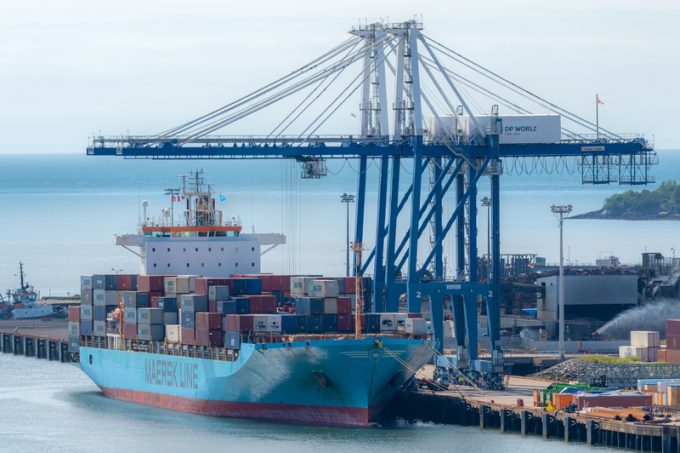No deal, so long-running Canadian port dispute forced into arbitration
The last hope for a negotiated agreement between the Canadian Maritime Employers Association (MEA) and ...

Potash has been a tremendous fuel for growth at the Canadian port of Saint John; the New Brunswick port clocked up 11% higher tonnage last year than in 2020.
But its dry bulk traffic was on fire, surging a whopping 123%, with potash the main driver ...

Comment on this article
Dwight Campbell
January 10, 2024 at 1:12 amI know this isn’t your backyard, and this is a 2 year old story, so I only grin a little at this. The picture is of St Johns, Newfoundland.
Alex Lennane
January 10, 2024 at 9:18 amThanks Dwight! We’ve changed the image, much appreciated!